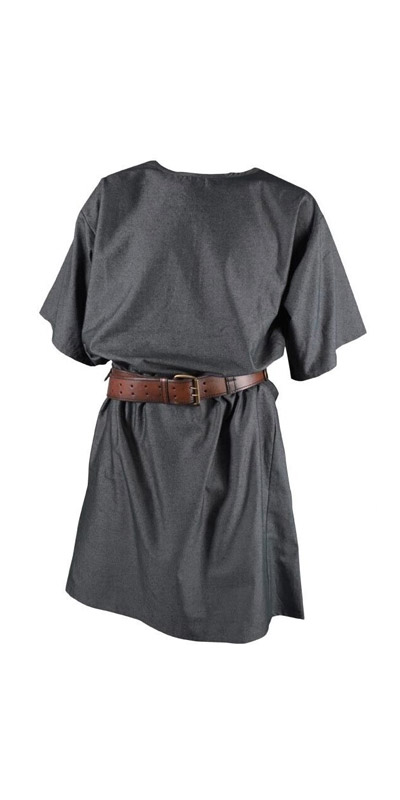
Medieval Tunic
The tunic is a garment usually simple in style and reaching from the shoulders to the hips or knees.
What did people wear in the Middle Ages? Explore outfits below and learn about hoods, capes, dresses and more.
Tunics were the most basic garment worn by men in the Middle Ages. They were typically knee-length or longer, with long sleeves and a loose fit. Cloaks and mantles were popular outer garments too, although they were usually worn for warmth and protection from the elements. Men also wore a variety of hats and headwear, including coifs, hoods, caps, and hats of various styles.
Women wore long, loose-fitting gowns or dresses that typically reached the ankles or floor. Overdresses or surcoats were worn over the gown for added warmth or decoration. Women also typically wore veils or head coverings to modestly cover their hair. These could range from simple linen veils to elaborate headdresses adorned with jewels and embroidery.
Medieval clothing tells a story of the customs, hierarchy, and creativity of the people who wore it. So, let’s explore the main options people had in the middle ages!

The tunic is a garment usually simple in style and reaching from the shoulders to the hips or knees.
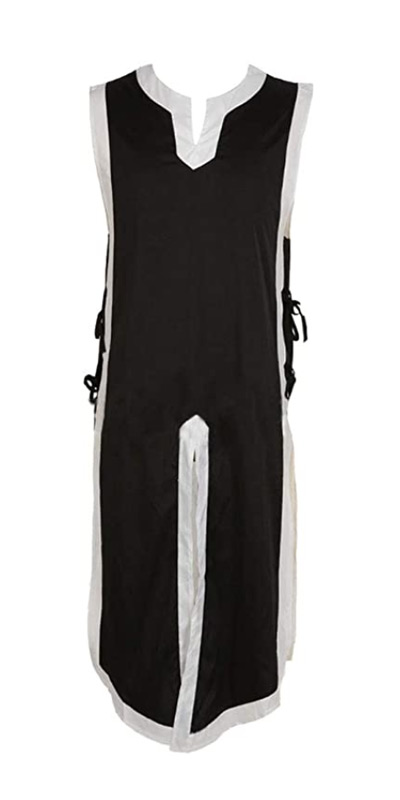
During the late Middle Ages, tabards (a type of short coat) were used by men all around Europe.
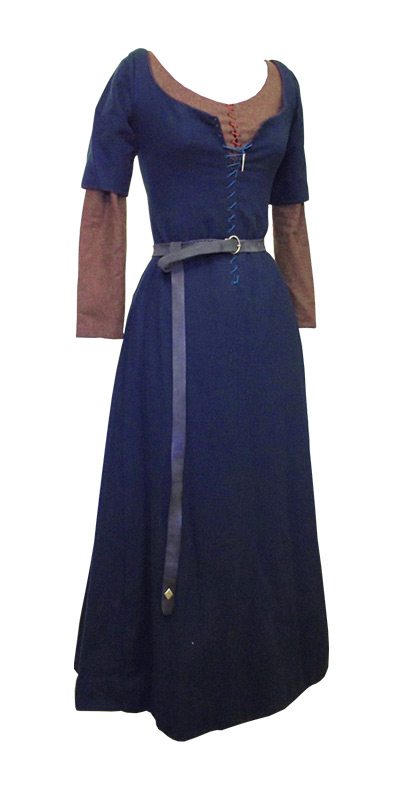
In the 11th century, women wore kirtles or dresses that were similar to men’s tunics.
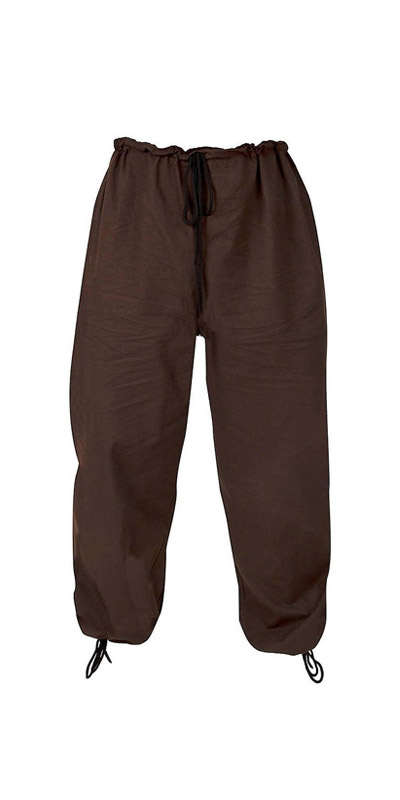
Medieval trousers or hose were traditionally worn under a short tunic or with a small cloak and were ankle-length.
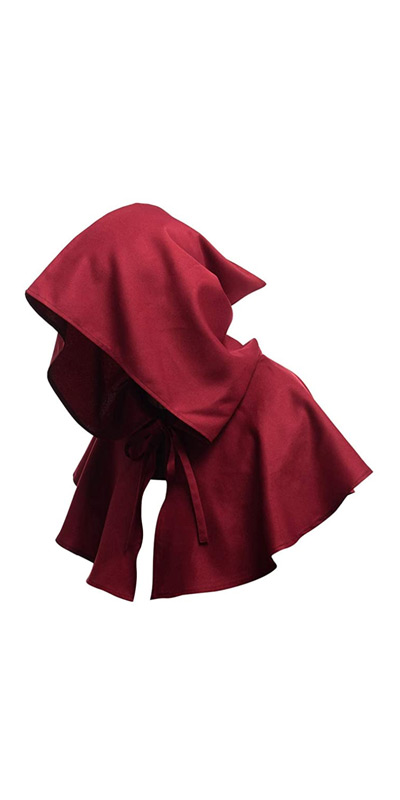
The Hood could be part of a cloak or cape, or worn as a separate form of headgear.
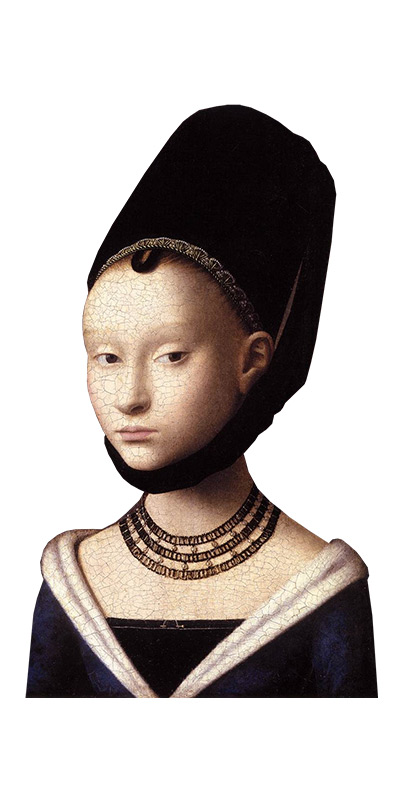
The Hennin was a medieval headdress shaped like a steeple or truncated cone.
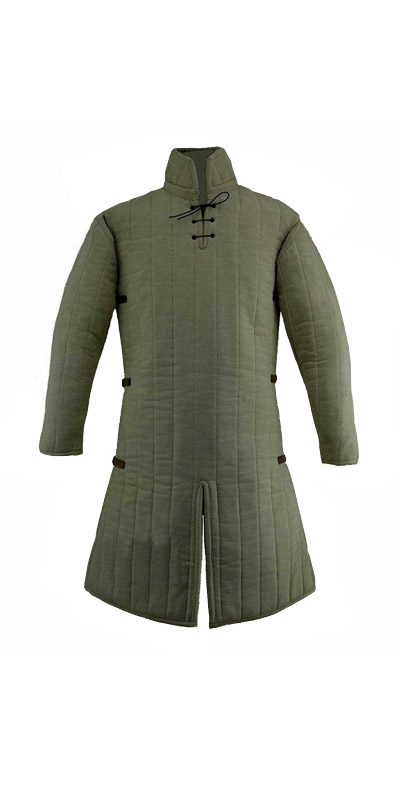
A gambeson, also known as an arming coat or padded jack, was a quilted, padded garment worn as protective armour.
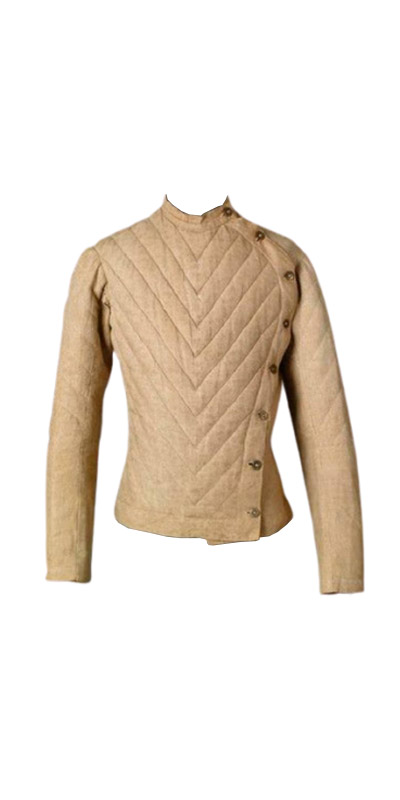
The doublet was a close-fitting, padded jacket worn as an outer garment in medieval times.

The Cloak was worn over indoor clothing and protected the wearer from the cold, rain or wind.
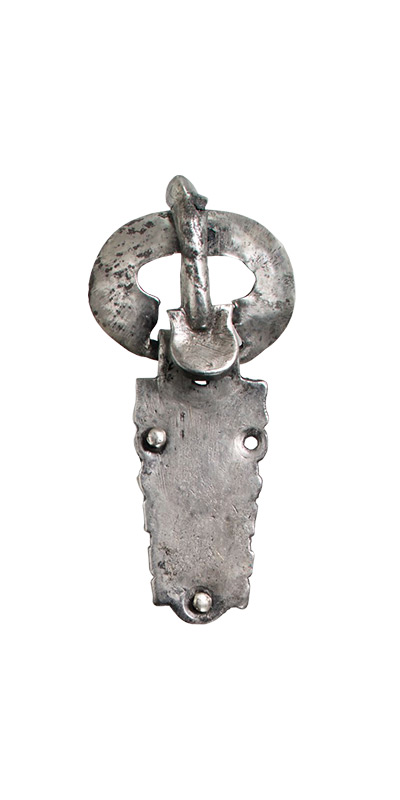
The Buckle or clasp was used in medieval times to fasten two loose ends of a belt or piece of clothing.
Firstly, we should mention that medieval clothing varied depending on factors such as social status, region, and the specific time period within the medieval era.
In the early medieval period (from the 5th to the 10th century), clothing styles were relatively simple. Men commonly wore tunics, which were loose-fitting garments that extended to the knees or lower. Women also wore them, although typically with an overtunic or gown over it. The length and style of the gown could indicate the wearer’s social status.
During the high medieval period (11th to 13th century), clothing became more elaborate and varied. Men continued to wear tunics, but these were often accompanied by fitted garments such as a hose (tight-fitting leg coverings) and a long, fitted tunic called a cotehardie. Cloaks and mantles were also popular outer garments for both men and women.
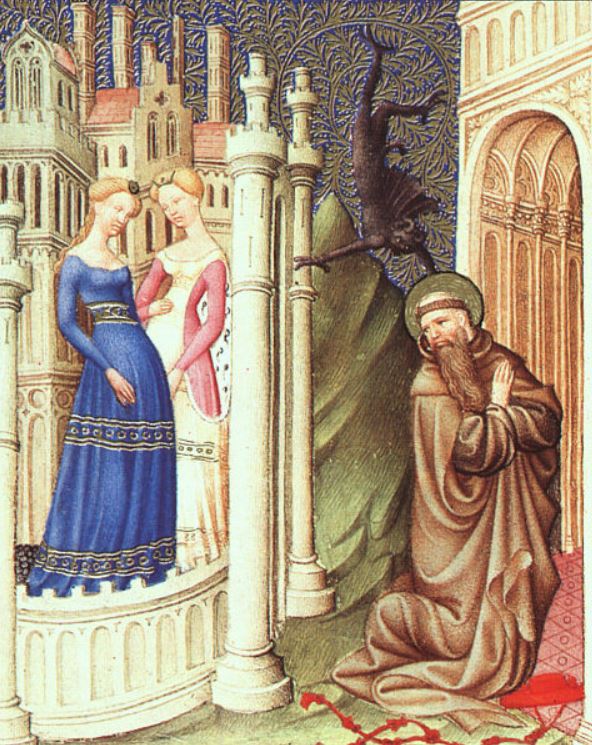
Women’s fashion, on the other hand, evolved with more emphasis on fitted garments. The bliaut, a tightly fitted and elaborately decorated gown, became fashionable. Women also wore veils or wimples to cover their hair and headdresses, such as hennins, which were tall, cone-shaped hats.
In the late medieval period (14th to 15th century), clothing styles continued to evolve. Hose remained popular, and men also began wearing doublets, which were close-fitting jackets. Cloaks and hoods were commonly worn for outdoor activities. At the same time, women’s fashion featured more extravagant and voluminous styles. The houppelande, a loose gown with wide, flowing sleeves, gained popularity. Women wore girdles, buckles, or belts to accentuate the waist, and headdresses like the hennin continued to be worn, sometimes reaching extreme heights.
Fabrics used in medieval clothing included wool, linen, and silk, with finer materials like silk and velvet reserved for the wealthier classes. Embroidery, fur trim, and intricate patterns were also common embellishments, especially for the upper classes.
These books provide valuable resources for those interested in delving into the intricacies of medieval life and the clothing worn during that era. They offer a wealth of information and scholarly analysis, making them excellent choices for anyone seeking to expand their knowledge on the subject.